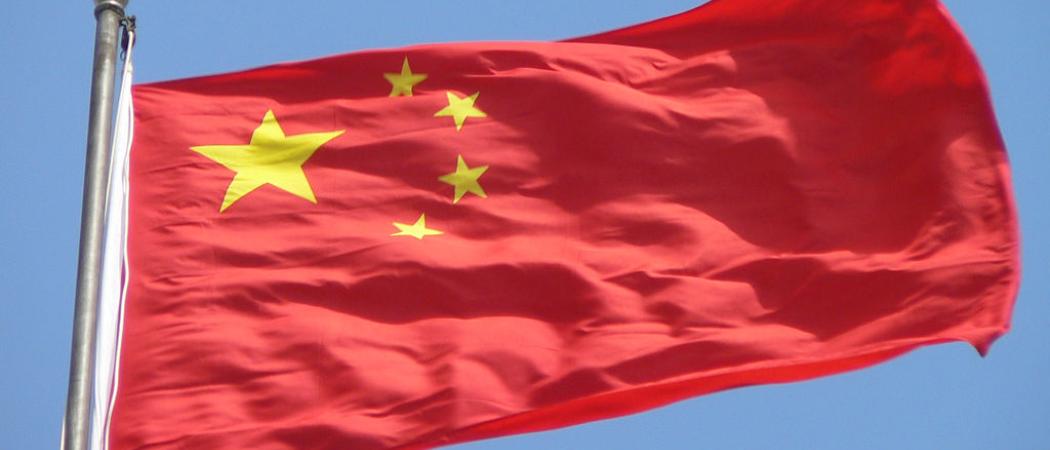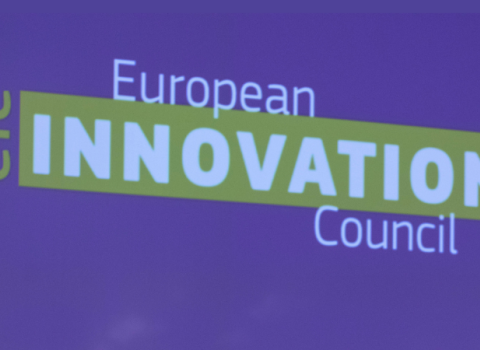World International Property Agency says based on 2017 data, China will overtake US in three years. This is part of a shift in the geography of innovation, with almost half of all WIPO filings now coming from east Asia

China moved into second position as filer of international patent applications at WIPO in 2017, closing in on the US as long-time leader, in another record year in the use of WIPO’s intellectual property services for patents, trademarks and industrial designs.
Two Chinese technology companies were the top filers of international patent applications in 2017, with Huawei, number one filer and ZTE at two, followed by Intel, Mitsubishi and Qualcomm.
Japan showed strong growth in 2017 but was nosed out of the second position by China, which at current trends is projected to overtake the U.S. within three years as the largest source of applications filed under WIPO’s Patent Cooperation Treaty (PCT).
Overall, inventors from around the world filed 243,500 international patent applications via WIPO, 4.5 per cent more than the previous year, driven by strong growth from China and Japan.
Demand grew by 5 per cent for WIPO’s international trademark filing service under the Madrid System, which saw 56,200 applications, while the number of industrial designs handled by WIPO’s Hague System for the International Registration of Industrial Designs grew by 3.8 per cent, to reach 19,429 designs.
The 2017 figures mark the eighth consecutive year of growth for all three WIPO filing systems.
Geography of innovation
“This rapid rise in Chinese use of the international patent system shows that innovators there are increasingly looking outward, seeking to spread their original ideas into new markets as the Chinese economy continues its rapid transformation,” said WIPO Director General Francis Gurry. “This is part of a larger shift in the geography of innovation, with half of all international patent applications now originating in East Asia.”
In 2017, US-based applicants filed 56,624 PCT applications, followed by applicants from China (48,882) and Japan (48,208). Germany and the Republic of Korea ranked fourth and fifth, with 18,982 and 15,763 applications, respectively.
China and India are the only two middle-income countries among the top 15 origins for PCT applications. Almost half of all PCT applications filed in 2017 came from Asia, at 49.1 per cent, with Europe at 24.9 per cent and North America 24.2 per cent.
Among the top 15, China is the only country to have recorded double-digit annual growth of 13.4 per cent and has now posted growth higher than 10 per cent every year since 2003.
Sweden, up 7 per cent and Japan, up 6.6 per cent also saw strong growth. In contrast, the Netherlands was down by 5.2 per cent and Italy by 4.5 per cent.
Two Shenzhen, China-based telecoms companies, Huawei Technologies with 4,024 published PCT applications and ZTE Corporation with 2,965, occupied the top two spots. Huawei reclaimed its lead over ZTE, the latter seeing a substantial drop in the number of published PCT filings in 2017.
They were followed by Intel Corporation of the US with 2,637, Japan’s Mitsubishi Electric Corporation with 2,521 and Qualcomm Incorporated of the US with 2,163. The top 10 comprises seven companies from Asia, two from the US and one from Europe.
Among educational institutions, the University of California was the largest user of the PCT System in 2017 with 482 published applications, extending a leading position it has held since 1993. Massachusetts Institute of Technology at 278 ranked second, followed by Harvard University at 179.
While the top 10 is dominated by US institutions, the top 20 list includes 10 Asian universities. Coming in at 24th among the educational institutions is the highest-ranked European university, Oxford University Innovation Limited.
Computer technology at 8.6 per cent of the total overtook digital communication at 8.2 per cent to become the field of technology with the largest share of published PCT applications. They were followed by electrical machinery at 6.8 per cent and medical technology, 6.7 per cent.




 A unique international forum for public research organisations and companies to connect their external engagement with strategic interests around their R&D system.
A unique international forum for public research organisations and companies to connect their external engagement with strategic interests around their R&D system.